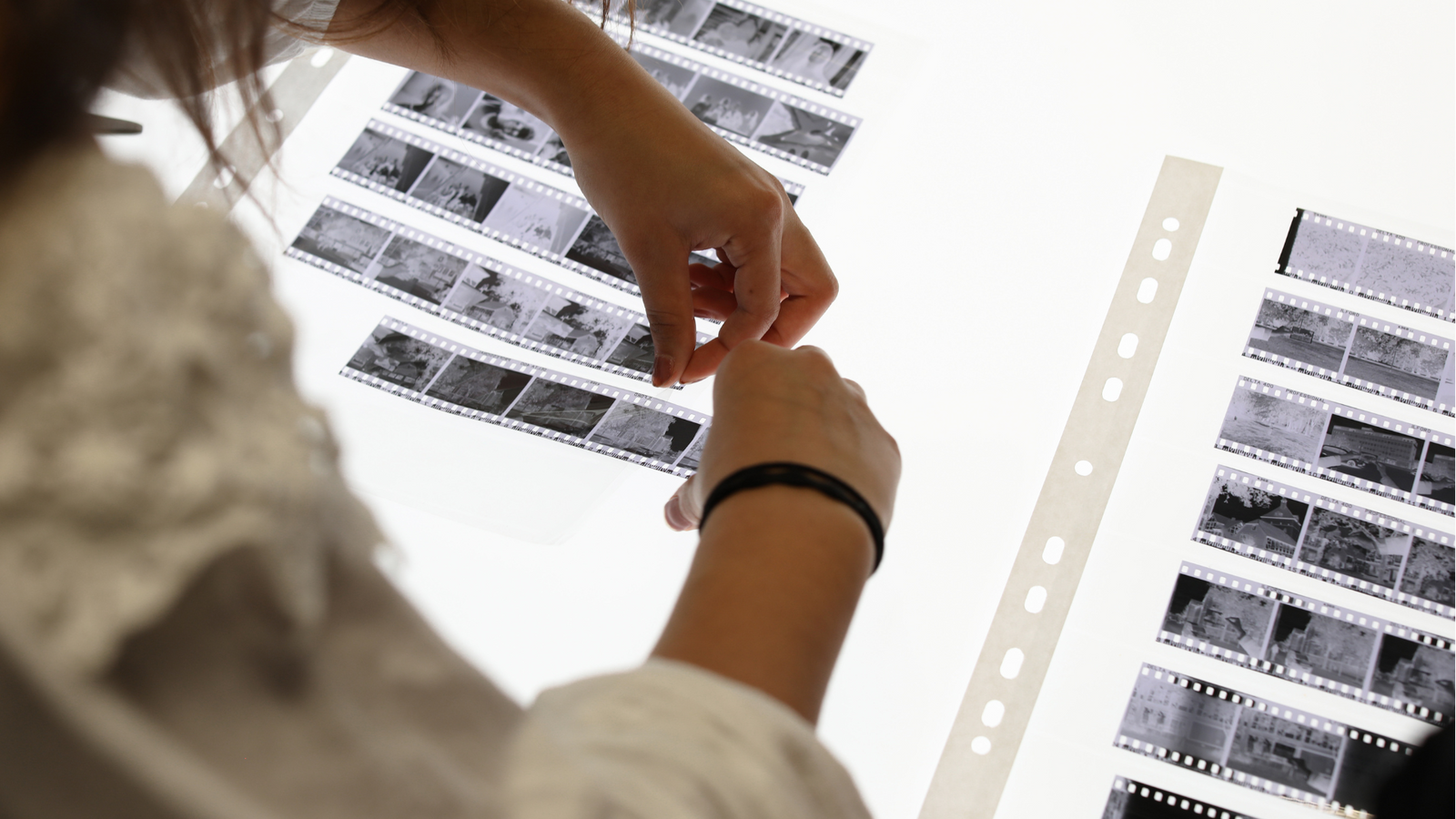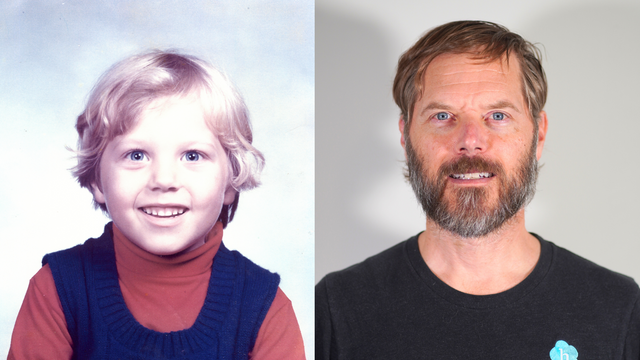What Is Negative Photography?
Negative photography refers to the process of capturing images on film that must be reversed in tone and color to become a proper photo. Instead of viewing the final image immediately—as we do today with our phones—film negatives were the essential intermediate step in traditional photography.
Whether you’ve inherited old negatives or found a forgotten envelope of film, you may be wondering how to actually view them or turn them into photos. Let’s walk through how negative photography works and how to make photo prints—or better yet, digital files—from them.
How to Make a Photo from a Negative
To make a photo from a negative, the original film must be developed into a positive image. This used to mean printing in a darkroom with chemicals, but today there’s a faster, safer, and more convenient option: scanning.
Scanning transforms each negative into a positive image using software that “inverts” the light values. Once scanned, you can crop, edit, and share these digital photos with family and friends in ways that weren’t possible before.
You can attempt this at home using a film scanner or flatbed scanner with a negative holder, but it often requires trial and error—and equipment that can cost more than professional digitizing. If you’d prefer to skip the learning curve, Heirloom offers a photo negatives to digital service trusted by families across America.
Convert Negatives to Digital with the Right Format
The term “photo negatives” covers more than just 35mm film. There are several types of film, each with different sizes and scanning challenges:
-
35mm Negatives: The most common format used in point-and-shoot and SLR cameras.
-
Slides (or Positives): Mounted 35mm film designed to be projected, also convertible to digital.
-
Large Format Negatives: Often used in historic or studio photography. These require special scanning beds.
Professional services like Heirloom also include large format negative scanning using high-resolution scanners capable of capturing every detail—especially important for older or fragile film.

Why Digitize Negatives?
There are three big reasons:
-
Preservation: Film is fragile. Humidity, heat, and time can destroy negatives.
-
Access: Without a darkroom or projector, negatives are nearly impossible to view.
-
Sharing: Once digitized, photos can be uploaded, backed up, or included in digital photo albums.
And unlike DVDs or USBs, which can be lost or damaged, storing your photos securely in the cloud means you can always get them back. Learn more about the Heirloom’s photo scanning service and why many customers prefer the cloud over discs.
Learn More About Preserving Film Negatives
Not all negatives are created equal. If you’ve discovered unusual or circular negatives, you may be dealing with older technologies like Kodak disc film. Read our guide on disc film negatives to identify and preserve these rare formats.

Where to Start If You Found Old Film
Start by separating photo negatives from slides or prints. Avoid touching the surface—hold by the edges and store them in a cool, dry place. Then, choose how you’d like to digitize them:
-
DIY with a scanner (slow, learning curve, cost of equipment)
-
Send to professionals like Heirloom who specialize in photo negatives to digital
No matter what path you take, the goal is simple: preserve what matters most before it's lost.

📧 Want more tips like this?
Subscribe to Heirloom emails to learn how to preserve your priceless memories. Get discount codes for expedited shipping, quality digitizing, and secure cloud storage. We never spam, and it’s easy to unsubscribe at any time.



